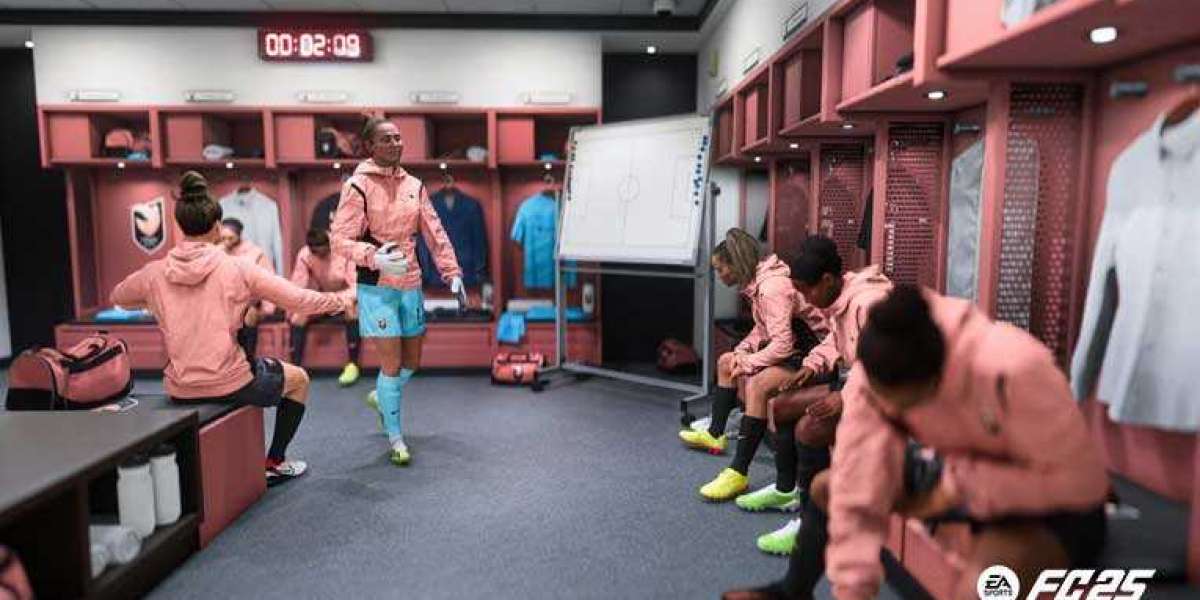Player development is influenced by several key areas:
Overall Rating (OVR): The total of College Football 26 Coins a player’s individual ratings, including speed, strength, awareness, and position-specific attributes. Development increases this overall rating as the player improves in their weaknesses and maximizes their strengths.
Position-Specific Ratings: Each player has attributes tied to their position, such as arm strength for quarterbacks, blocking for offensive linemen, or tackling for linebackers. These attributes need to be developed based on your team’s needs and the player’s role.
Development Trait: Some players come in with a high development trait (often called high potential) while others may be more limited. Players with high development potential are more likely to improve significantly during their time in the program.
Developing players is a long-term project that requires a strategy tailored to the strengths and weaknesses of both the individuals and your system.
Maximize Training and Practice Time
Training is one of the most important ways to boost player development in College Football 26. Every season, you’ll have a chance to focus your team’s training efforts on specific areas of improvement, helping players improve their weaknesses and refine their strengths.
Here’s how to maximize the effectiveness of training:
Focused Training: Focus training sessions on the specific areas where your team or individual players need the most improvement. If your quarterback is struggling with accuracy, focus on drills that improve throwing mechanics. If your offensive line has poor blocking, prioritize drills that improve their strength and technique.
Balanced Development: It’s important not to neglect certain positions while over-prioritizing others. Make sure you’re balancing your development across your roster. Even though your star players might be getting most of the attention, you’ll want to CUT 26 Coins make sure backups and future starters also develop well.







